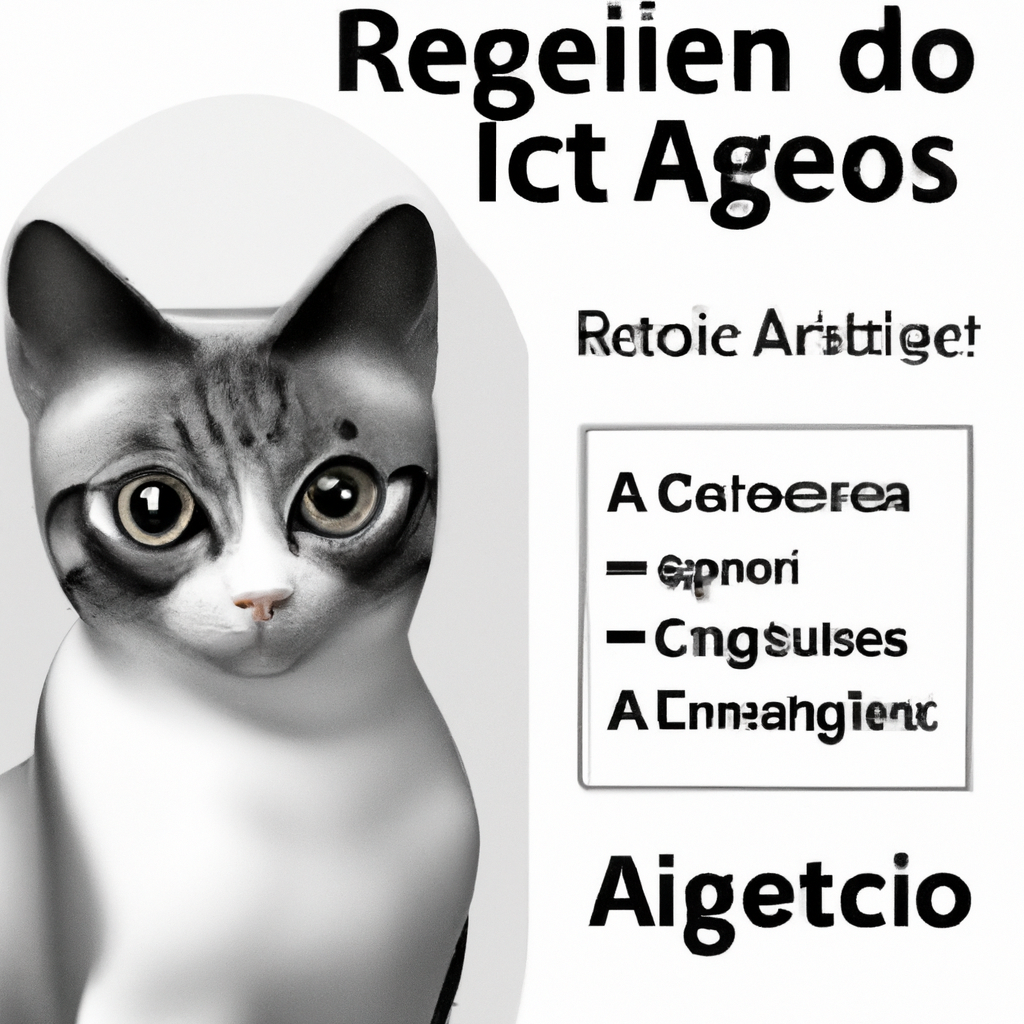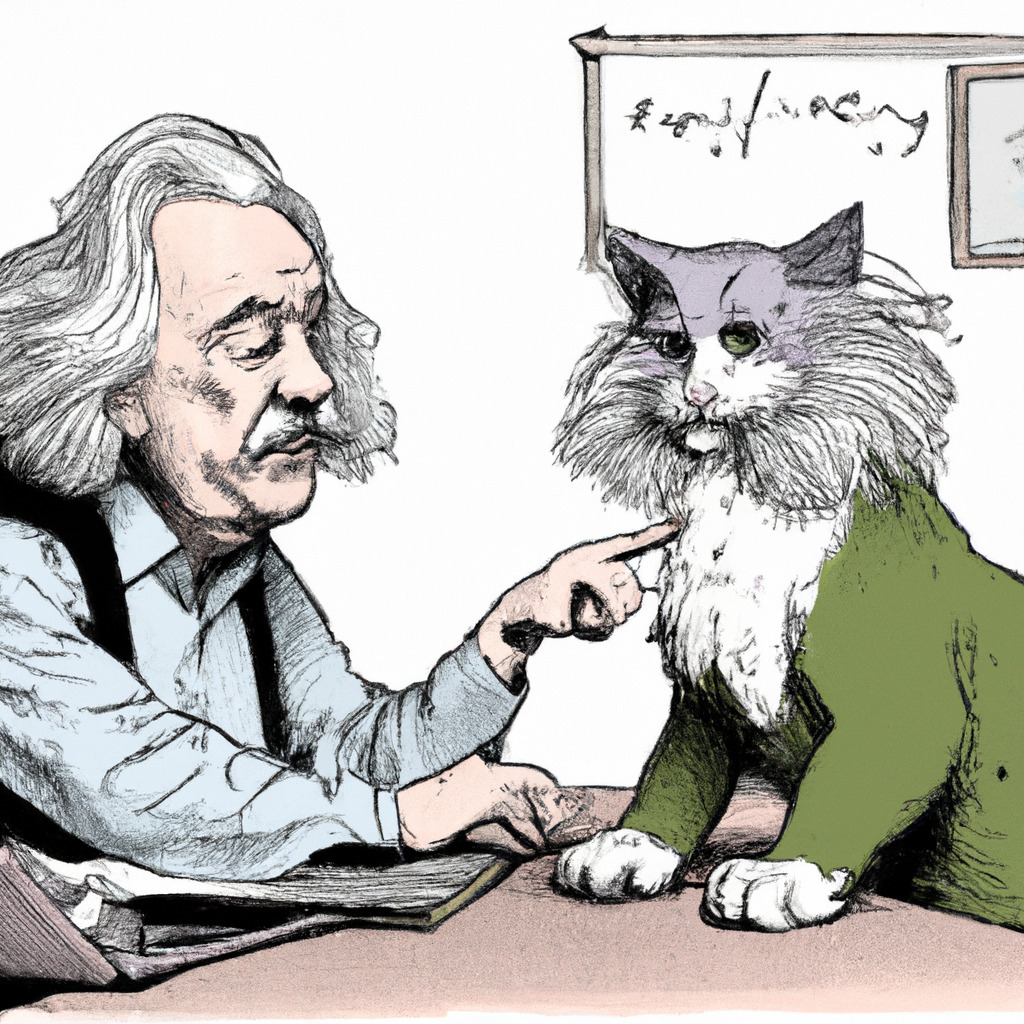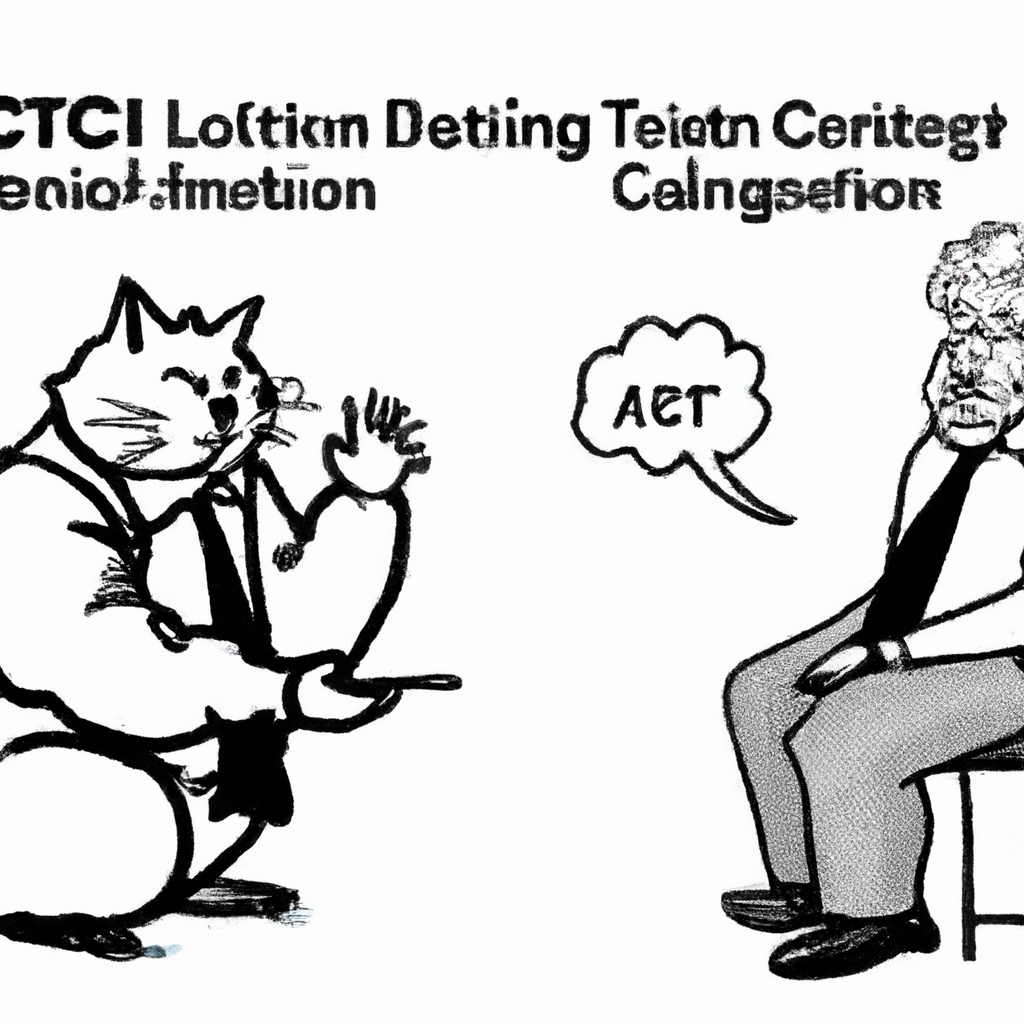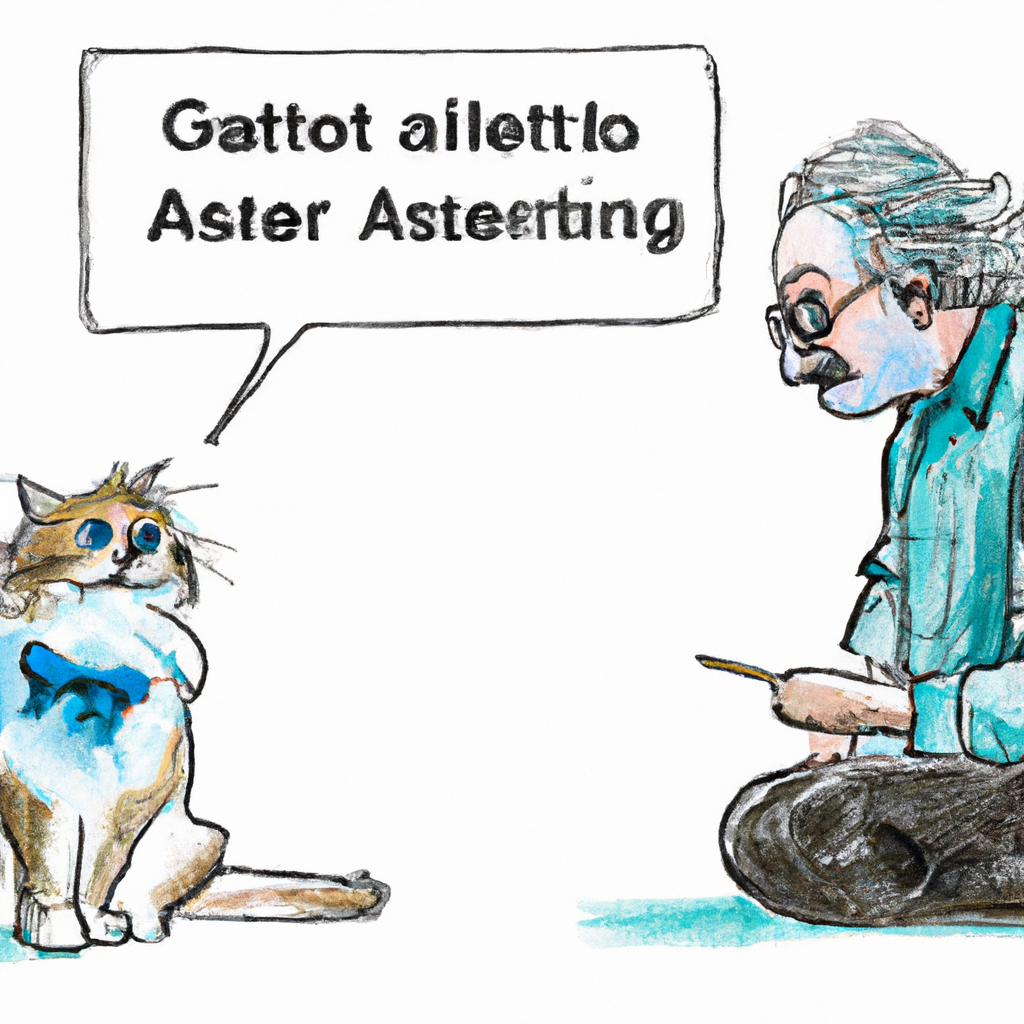
Title: A Beginner’s Guide to Navigating Artificial Intelligence
Artificial Intelligence (AI) is no longer a futuristic concept, but a current reality that has permeated various sectors of our daily lives. From virtual assistants like Siri and Alexa to recommendation algorithms on Netflix or Amazon, AI technology plays an ever-increasing role in shaping modern experiences. For beginners stepping into the world of AI, it may seem overwhelming due to its technical nature and vast applications. However, understanding its fundamentals can significantly simplify the journey.
## Understanding What Is Artificial Intelligence
The term “Artificial Intelligence” implies machines that carry out tasks requiring human intelligence such as learning from experience (machine learning), understanding natural language or recognizing patterns. Essentially these are systems designed to mimic cognitive functions associated with human minds.
There are two types of AI: Narrow AI which is programmed for specific tasks like spam filtering or voice recognition; and General AI which can theoretically perform any intellectual task humans can do.
## Basic Components Of Artificial Software System
AI software consists mainly three components – machine learning models/algorithms used for prediction based on data inputs; training datasets used by these models for making predictions; finally APIs(Application Programming Interfaces) that enable interaction between different software modules.
Machine Learning(ML) forms core part of many artificial intelligence systems where system learns from past data without being explicitly programmed each time new dataset comes in. ML model could be simple linear regression predicting house prices based on features like area & location or complex deep neural networks identifying objects within images – both learn from historical data given them during training phase.
Data is heart beat behind every successful implementation – quality & quantity matter equally here because model’s performance directly depends upon what kind/amount of information was fed while training it initially.
APIs serve as connecting bridges allowing communication amongst different parts ensuring seamless functioning overall system together.
## Diving Into Machine Learning Concepts
Machine Learning involves techniques enabling computers learn patterns hidden inside large volumes data. Fundamental concepts include:
1) Supervised Learning: This is where a model learns from labeled training data and makes predictions based on that learned knowledge. For instance, an email spam filter (the model) would be trained with numerous emails (the labeled training data), some marked as ‘spam’ or ‘not-spam’.
2) Unsupervised Learning: In this case, the model works with unlabeled data and finds underlying patterns or structures within it. An example would be customer segmentation in marketing.
3) Reinforcement Learning: Here, the AI system learns to perform tasks by interacting with its environment and learning from both successes (rewards) and failures (punishments).
## How To Get Started With AI
To start exploring artificial intelligence, first learn programming basics – Python being most recommended due to its simplicity & rich library support for machine learning like TensorFlow/PyTorch etc.
Next step is understanding statistics fundamentals because ML relies heavily upon statistical principles; therefore having strong foundation here will help immensely.
There are several online platforms offering comprehensive courses on these topics including Coursera’s “AI For Everyone” course which provides high-level introduction without getting into technical nitty-gritties making it perfect beginners starting out their journey.
## Ethical Considerations
While leveraging power of AI one must also consider ethical implications associated – privacy concerns arising due usage personal information during training models; potential job losses caused automation large scale operations using artificial intelligence systems etc.
In conclusion, stepping into world Artificial Intelligence might seem daunting initially but once fundamentals are clear path becomes much easier navigate through.
Remember keep experimenting different algorithms/datasets/tools available there because best way learn anything new hands-on experience itself!
Artificial Intelligence (AI) can be seen in the form of chatbots, which are becoming increasingly popular on various websites and platforms. These AI-powered bots interact with users in a human-like manner and provide instant responses to queries.
A practical application of these chatbots could be for customer service purposes. For instance, an online retail company may use a chatbot on their website to answer common questions from customers such as inquiries about product details or shipping information. The bot uses pre-programmed responses based on keywords within the customer’s query, providing immediate answers without needing human intervention.
This not only improves efficiency by handling multiple queries simultaneously but also enhances user experience by reducing wait times for assistance. Moreover, it allows companies to gather data about common issues or concerns raised by customers that can help improve services or products offered.
Here’s a Story about Gato Rico
Once upon a time in the glamorous city of Catlifornia, there lived an extraordinarily wealthy feline known as Gato Rico. His fur was as sleek and shiny as black satin, his eyes sparkled like emeralds, and he wore a diamond-studded collar that shimmered under the sun.
Gato had been living in luxury ever since he won an enormous lottery – ‘The Furry Fortune.’ The prize? A billion cans of tuna! But life wasn’t always fishy feasts for our furry friend; before his windfall, Gato was just another alley cat hunting mice for dinner.
Nowadays though, amid all this wealth and opulence lay one problem: how to open those pesky tuna cans without opposable thumbs? For months poor Rico had to hire personal butlers – raccoons with their nimble fingers- but they kept eating half of his winnings!
One day while watching “Animal Planet,” something caught Gatto’s attention. It was a show on artificial intelligence (AI). Suddenly it clicked! He could use AI technology to solve his little thumb problem!
With help from some tech-savvy squirrels who ran ‘NUTS & BOLTS,’ the top tech store in town; he commissioned them to create an AI-powered robot capable enough not only opening cans but also serving him gourmet meals out of it.
After weeks of coding algorithms on acorn-shaped computers and multiple trials involving nuts instead of actual tuna cans (to which many squirrels objected), they finally succeeded. They named their creation “Can-opener 3000.”
This robot stood no taller than two stacked soda-cans yet possessed power beyond its size. With its voice-recognition function enabled by neural networks trained rigorously using hours’ worth audio-recordings provided by parrots around town impersonating cats’ voices (they were paid handsomely!), Can-opener 3000 was all set to serve Gato Rico.
The first command Gato gave, “Can-opener 3000, open tuna,” sent the robot into action. It extended its mechanical arm and popped open a can with precision that would put any raccoon butler to shame! Can-opener then scooped the delicious fish onto a silver platter and served it delicately at Gato’s feet.
Gato looked down at his plate of perfectly served tuna – no mess or fuss involved. He purred in delight as he took his first bite. Finally, he could enjoy his fortune without sharing it with those pesky raccoons!
And so began their beautiful friendship – A rich cat who had everything yet nothing (opposable thumbs) and an AI-powered robot who had one purpose – to pop open cans like there’s no tomorrow!
From then on, you could hear echoes of laughter throughout Catlifornia as stories spread about the wealthiest feline around town living happily ever after thanks to artificial intelligence.
And what happened to those out-of-job raccoons? Well… they eventually launched a startup offering ‘Raccoon Butler Services.’ But that’s another story for another time!






